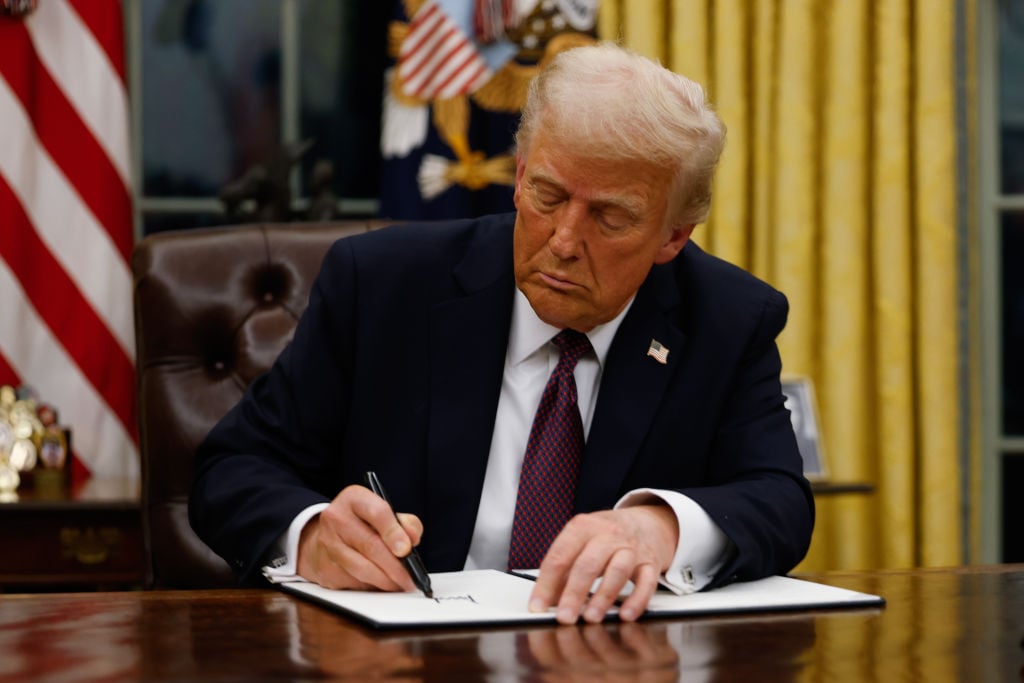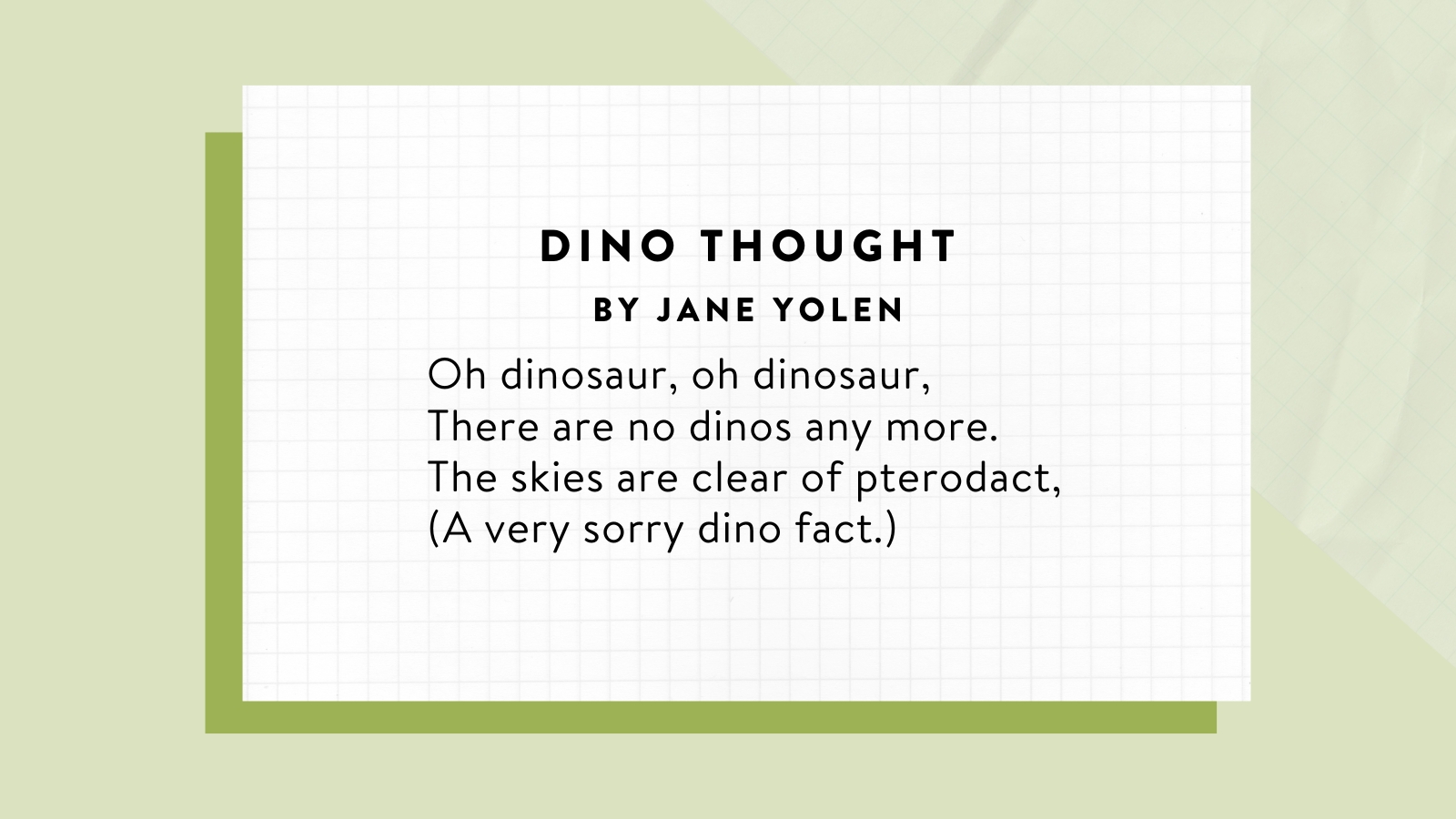This story was originally published by Chalkbeat. Sign up for their newsletters at ckbe.at/newsletters.
I’m in my fifth year teaching science to fifth and sixth graders, but, like every other teacher at the K-8 charter school where I work, I also teach reading.
Literacy is a foundational skill for learning new content and as an upper elementary science teacher, my soon-to-be middle schoolers have ideally made the vital transition from “learning to read” to “reading to learn.” But pandemic-era school closures drastically cut into learning time, and literacy skills have been slow to recover.
Imagine–and if you’re a science teacher, you won’t have to–trying to get through a lesson on the water cycle with students struggling to sound out keywords like “condensation” and “precipitation.” These are longer, multisyllabic words that students can sound out if they have a basic mastery of phonics, but they become impossible if students lack this foundation. I’ll never forget the frustration I felt when I had planned to teach a lesson on food webs and had to spend the first half of the class teaching struggling readers how to sound out “interdependence,” and “ecosystem.” I can only imagine how frustrating it was for my students!
In pre-pandemic days, it was normal to have a few struggling readers per class. Post-COVID, it has often felt like there are few readers who are not struggling. It was clear that a new approach to literacy instruction was needed–one that leveraged every teacher in our building and gave us ways to catch our older students up on second grade skills without infantilizing the content.
Luckily, training offered by my school, Springfield Prep in Massachusetts, has provided me with tools to help get students reading proficiently again. The school brought in John Bennetts, who specializes in foundational reading skills, to lead the professional development sessions, coach teachers and administrators, model lessons, and work one-on-one with struggling students.
He began by sending a handful of teachers out of the room. One by one, we were each brought back in to read a passage in which a certain percentage of words had been changed to nonsense words.
When I entered the room and read the passage out loud, I struggled to pronounce the unfamiliar words. And when John hit me with rapid-fire comprehension questions, it was clear that I had derived no meaning from the text. All I remembered was trying not to sound like an idiot and feeling like a failure.
To make meaning from a passage, John told us, a person needs to be able to read 95-98% of the words. I read the passage at 85% proficiency and couldn’t guess its topic. At 97%, the next volunteer was able to take some educated guesses and get most of the comprehension questions right. Suddenly, what my students had been experiencing over the past two years made perfect sense to me.
The message was clear: We needed to start teaching older students how to sound out and read unfamiliar words. But how could I do this without making my fifth graders feel like they were back in first grade? How could we embed these skills into our classes without falling further behind in our curriculum?
John taught us a word routine that day that gave us and our students a step-by-step process to follow when encountering unfamiliar words. I started using the routine in class the next week. “How many vowels do you see?” I would ask. Students could then figure out how many syllables the word contained by grouping adjacent vowels into one syllable and subtracting a syllable if there was a silent “e” at the end. This allows students to split the word into chunks they can sound out and then put together to pronounce the whole word. After a few months of daily practice, my students weren’t looking at me helplessly as often.
“Challenging” doesn’t even begin to describe the circumstances teachers were confronted with coming out of remote learning. Our school’s approach to reading instruction may not be perfect, but we are trying with everything we have to help our kids get back on track. The resilience and creativity of educators, students, and school leaders nationwide make recovery possible. It makes me proud to be a science teacher who teaches reading, too.
Chalkbeat is a nonprofit news site covering educational change in public schools.
Related:
6 tips to help educators support young readers
States need to strengthen reading instruction policies
For more news on literacy, visit eSN’s Innovative Teaching hub
Literacy is a foundational skill for learning new content and as an upper elementary science teacher, my soon-to-be middle schoolers have ideally made the vital transition from “learning to read” to “reading to learn.” COVID in Schools, Featured on eSchool News, Innovative Teaching, Literacy, charter, history, k-8, learning, literacy, math, reading, school, science, science teachers eSchool News








